A confrontation in Minneapolis, Kansas led to a man being shot multiple times by law enforcement after he allegedly fired at officers and a police drone, reports The Wichita Eagle. The incident, which occurred on Saturday, highlights the increasingly complex interactions between civilians and Police surveillance technology, as well as the serious Legal consequences of interfering with law enforcement drones.
Shots Fired at Park Lead to Standoff
The Kansas Bureau of Investigation (KBI) reported that the incident began around 8:20 a.m. when the manager of Markley Grove Park swimming pool called 911 after hearing three gunshots. Responding officers from the Ottawa County Sheriff’s Office and Minneapolis Police Department heard additional gunfire upon arrival.
Suspect Engages Police and Drone
According to the KBI, 46-year-old Artemis Thor Peck “ran out of his residence” and “fired in the direction of law enforcement and the surveillance drone.” Officers returned fire, striking Peck multiple times.
The use of a drone in this situation aligns with a growing trend of law enforcement agencies employing unmanned aerial vehicles for surveillance and situational awareness during potentially dangerous encounters. This incident underscores the need for clear guidelines on drone usage in law enforcement operations.
Injuries and Ongoing Investigation
Peck was transported to Salina Regional Health Center for surgery and was expected to be moved to a Wichita hospital for further treatment. He is expected to survive his injuries.
The KBI release did not provide information on what may have prompted the initial gunshots at the park. Minneapolis, Kansas, is a small city of around 2,000 people, located about a 90-minute drive north of Wichita.
Legal Ramifications of Shooting at Police Drones
This incident brings to light the serious legal consequences of interfering with law enforcement drones. Under U.S. federal law, specifically 18 U.S.C. § 32, it is a crime to willfully damage, destroy, disable, or wreck any aircraft in the special aircraft jurisdiction of the United States or any civil aircraft. This law applies to shooting down Police Drones or other aircraft.
The Federal Aviation Administration (FAA) considers drones to be “aircraft” and has explicitly stated that shooting them down is a federal crime under 18 U.S.C. § 32. Violators can face substantial fines and imprisonment for up to 20 years.
In addition to 18 U.S.C. § 32, several other federal laws may apply to cases involving damage to drones:
- The Computer Fraud and Abuse Act (18 U.S.C. § 1030)
- Interference with the Operation of a Satellite (18 U.S.C. § 1367)
- The Aircraft Sabotage Act (18 U.S.C. § 32(a))
It’s worth noting that while the FAA considers shooting down drones a federal crime, the agency itself does not have criminal enforcement powers.
Related Incidents and Penalties
Recent cases highlight the seriousness with which authorities treat interference with police drones. For instance, a Florida man was sentenced to four years in federal prison for shooting down a law enforcement drone using a .22-caliber rifle. In addition to the prison sentence, he was ordered to pay over $29,000 in damages to the police department for destroying their DJI Matrice 300 drone.
In another incident, a 60-year-old man in Ogdensburg, NY was arrested for menacing after shooting down his neighbor’s drone, illustrating that these laws apply to civilian drones as well.
DroneXL’s Take
This incident in Kansas adds to a growing list of confrontations involving police drones. While drones offer valuable tools for law enforcement, their use also raises questions about privacy and appropriate deployment.
The legal landscape surrounding drone use in law enforcement is still evolving. As Drone Technology becomes more prevalent in policing, it’s crucial to balance public safety needs with community concerns and establish clear guidelines for both officers and civilians.
The severe legal ramifications of interfering with law enforcement drones cannot be overstated. With potential fines and prison sentences of up to 20 years, the consequences of shooting at or disabling police drones are significant. This underscores the need for public Education about the legal status of drones and the penalties for interfering with them.
It’s also worth noting that the law doesn’t just cover shooting at drones. For example, pointing lasers at aircraft is also a federal crime. The FAA can impose civil penalties up to $11,000 per violation and has imposed fines up to $30,800 against individuals for multiple laser incidents.
As the use of drones in law enforcement continues to grow, it’s essential for both the public and police departments to understand the legal framework surrounding these devices. This includes not only the laws protecting drones from interference but also regulations governing their use by law enforcement to ensure privacy rights are respected.
The incident in Kansas serves as a stark reminder of the potential dangers and legal consequences associated with confrontations involving police drones. It highlights the need for ongoing dialogue between law enforcement agencies and the communities they serve to establish TRUST and understanding around the use of this emerging technology in policing.
Photo courtesy of CCenterDispatch.
Discover more from DroneXL
Subscribe to get the latest posts to your email.
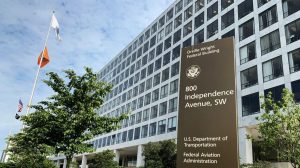
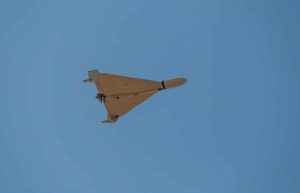
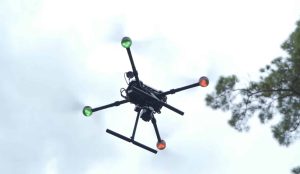
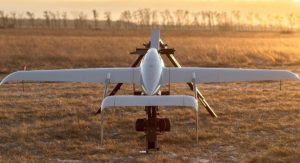
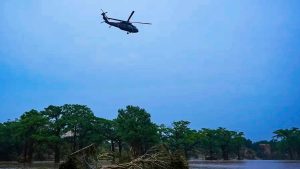

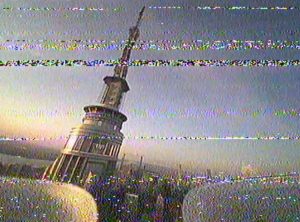
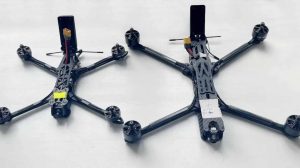
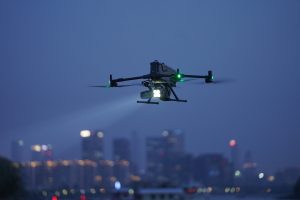
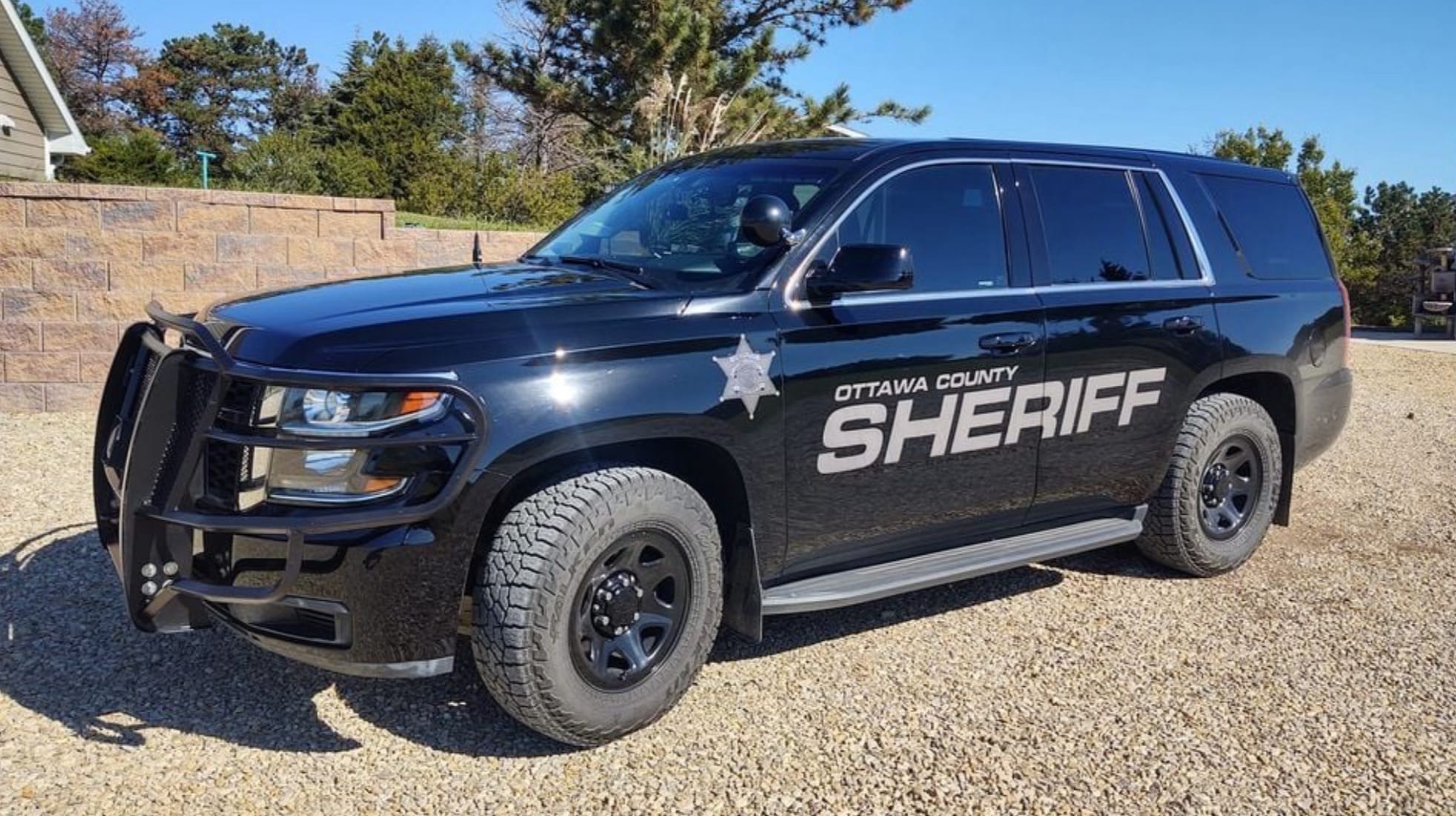

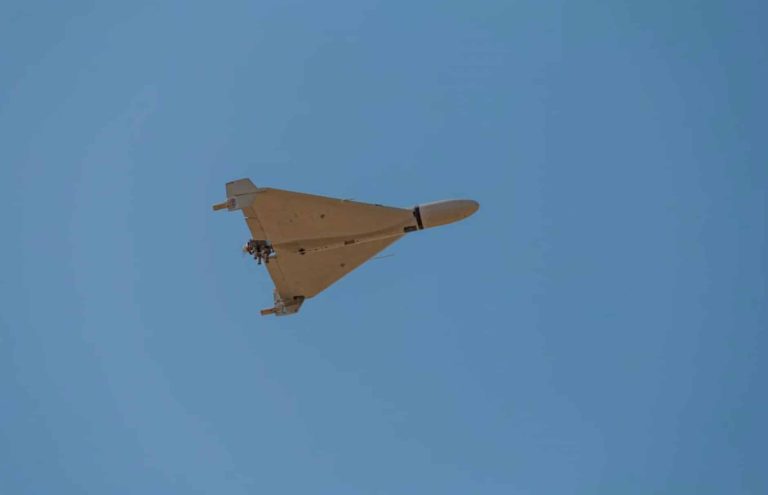
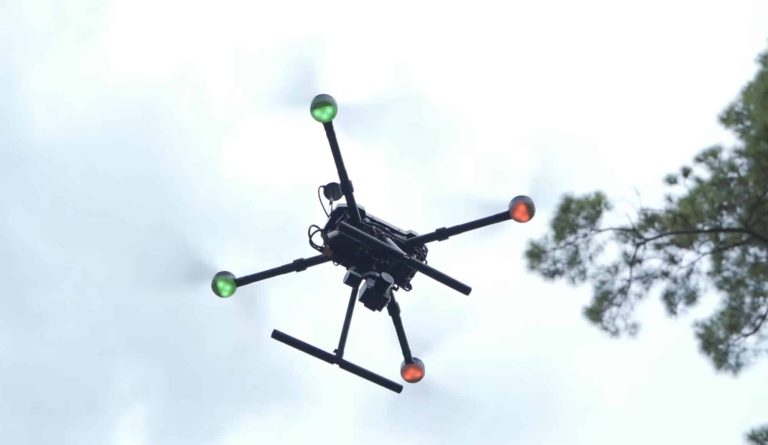
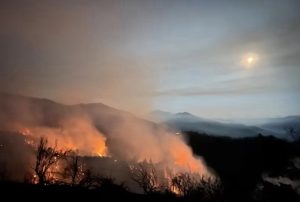
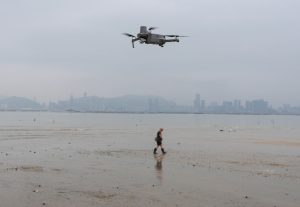
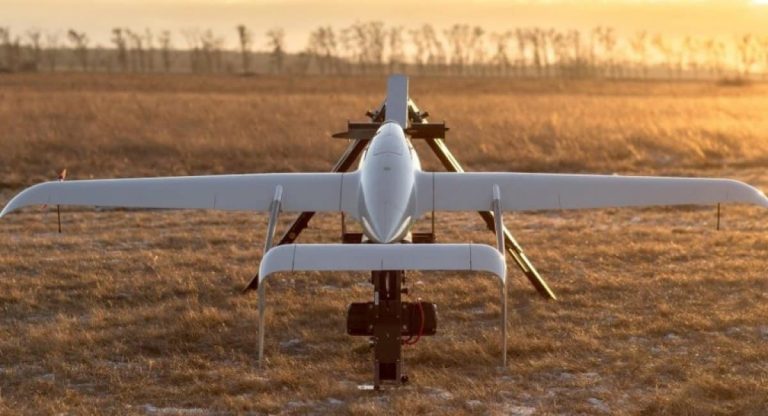
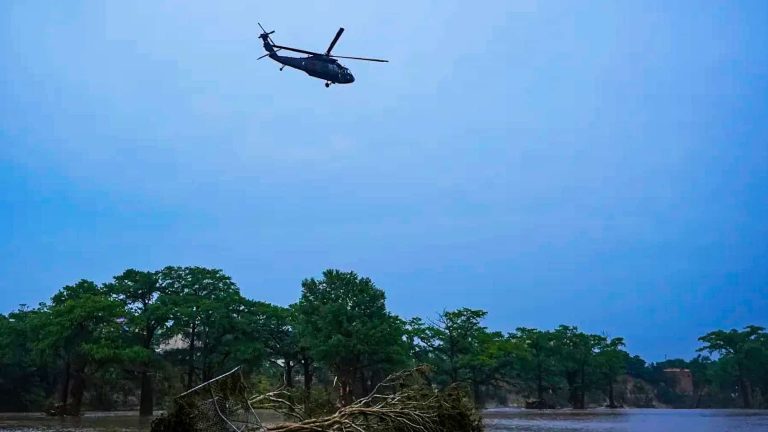
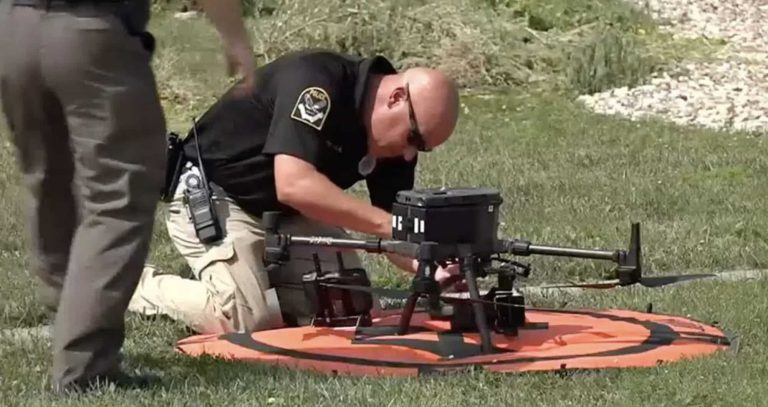
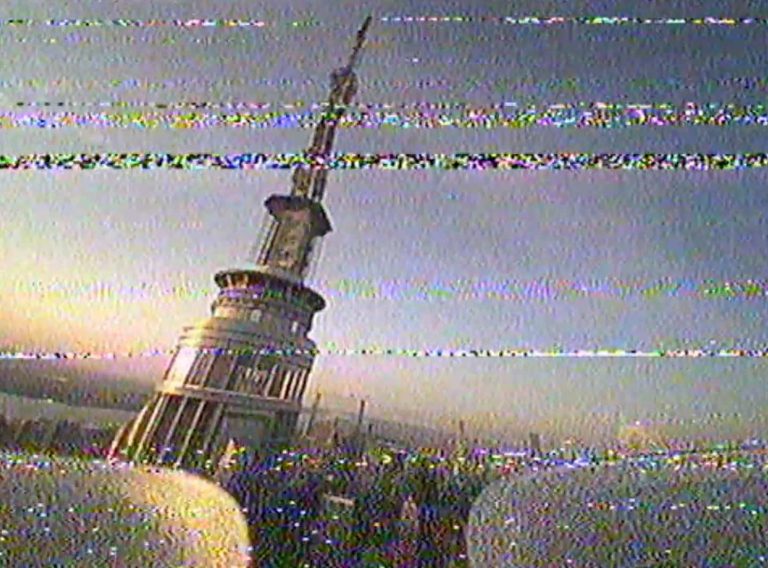
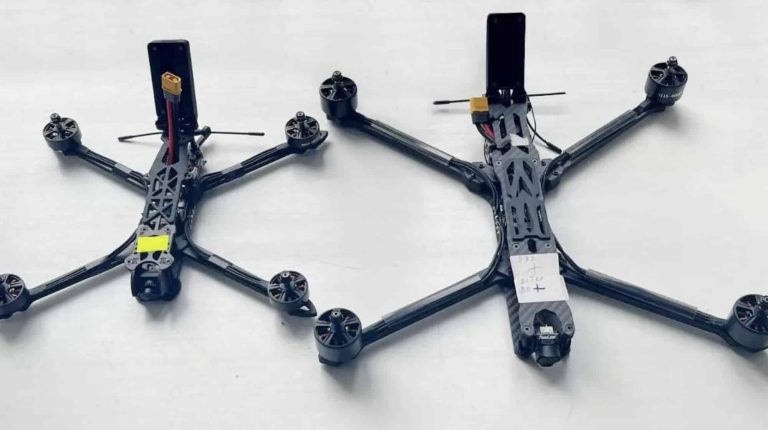
+ There are no comments
Add yours